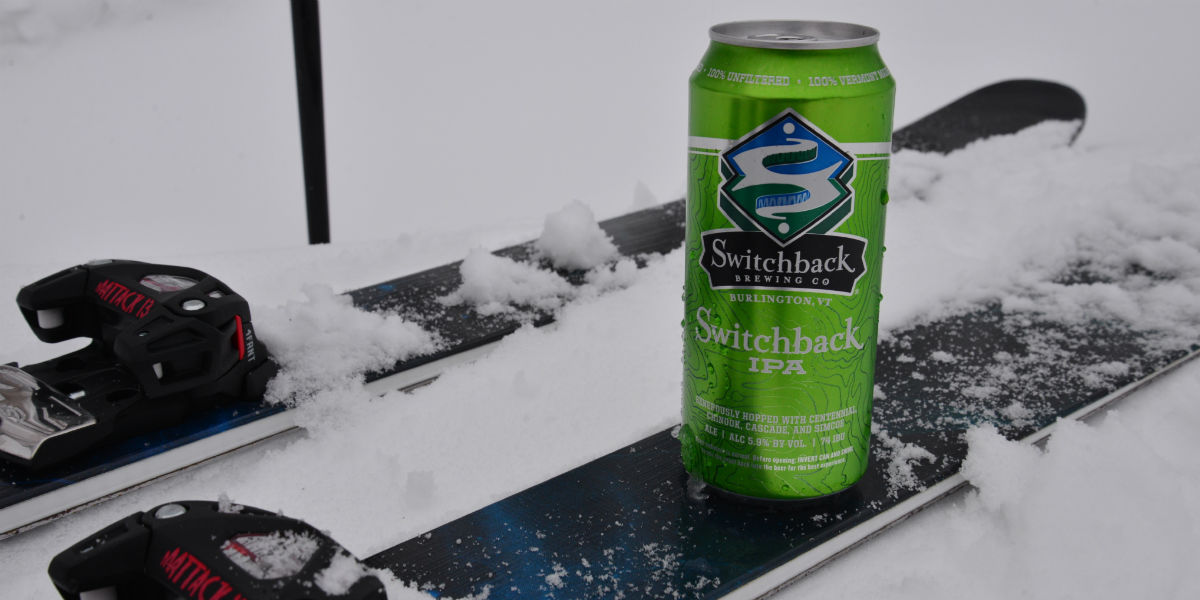
As someone who’s been obsessed with homebrewing for years, the idea of brewing in a controlled, year-round environment always appealed to me. After spending countless weekends lugging equipment outdoors, fighting against the elements, and dealing with temperature inconsistencies, I realized it was time to upgrade. That’s when the concept of building an electric brewery in your basement started to take root. What began as a dream quickly became a rewarding, hands-on project—and I’m here to share every step of that transformation with you.
The Decision to Brew Indoors
For the longest time, I brewed using a propane burner in my garage. It worked well enough during fair weather, but rain, snow, and wind often threw my brewing schedule into chaos. The idea of moving everything indoors was both exciting and daunting. I wanted to make the process more efficient, improve temperature precision, and avoid having to set up and break down gear every time I brewed.
Electric brewing offered the consistency I was missing. Heating elements powered by electricity give you far more control over mash temperatures and boil intensity. Plus, brewing indoors means I can make beer comfortably no matter the season. Once I had that vision in mind, I knew I had to commit to building an electric brewery in your basement—and my basement became the perfect canvas for the project.
Assessing Space and Feasibility
Before I spent a dime on equipment, I took a good hard look at the space I had available. My unfinished basement had a section with concrete floors, exposed walls, and enough headroom to work comfortably. I measured every corner, noting where I could place kettles, a fermentation chamber, a utility sink, and shelving for storage.
I also had to consider proximity to power outlets, water supply, and ventilation options. Thankfully, there was a window near the ceiling that I could use for venting, and I had easy access to a cold-water line. With those key boxes checked off, I felt confident in moving forward with building an electric brewery in your basement, especially in a space I could fully dedicate to brewing.
Planning the Electrical Setup
One of the biggest challenges—and expenses—involved was handling the power requirements. Electric brewing systems need serious juice. I opted for a 240V 50-amp circuit, which could handle both a heating element for the boil kettle and a hot liquor tank simultaneously. Since I’m not an electrician, I brought in a professional to install a dedicated subpanel and outlets rated for brewing use.
Safety was a priority from day one. I didn’t want to mess around with high-voltage DIY experiments. The peace of mind that came from knowing the electrical work was done correctly made everything else smoother and safer.
Ventilation and Moisture Control
Once the electrical was figured out, my next concern was removing steam from the basement during the boil. Trust me, boiling 6 gallons of wort creates a lot more steam than you might expect. Without proper ventilation, all that moisture can lead to mold, rust, or damage to your home.
To solve this, I installed a vent hood directly above my brew kettle. I connected it to a duct that ran out the nearby window and used a high-powered inline fan to pull steam out quickly and efficiently. On brew days, I also run a dehumidifier to catch any excess moisture in the room. Ventilation was a make-or-break detail in building an electric brewery in your basement—and it’s one I highly recommend prioritizing.
Plumbing and Water Access
Water is essential for brewing—not just for the beer itself, but for cleaning equipment, chilling wort, and managing spills. I installed a stainless-steel utility sink near my system and connected it to the existing plumbing lines. It made clean-up far easier and more hygienic than my old setup.
For drainage, my basement already had a floor drain, which I consider a huge win. If yours doesn’t, you may want to explore options like a sump pump connected to a drain basin or pumping waste water into an elevated sink.
Choosing the Right Brewing System
With infrastructure in place, it was time to choose a brewing system. I weighed the pros and cons of all-in-one systems versus three-vessel setups. While single-vessel systems like the BrewZilla or Grainfather are efficient and space-saving, I ultimately went with a more advanced three-vessel electric system. This included a hot liquor tank, mash tun, and boil kettle—each equipped with its own heating element.
This setup allows me to do step mashes, fly sparging, and batch sparging with much greater control. My system is controlled via a custom-built panel with temperature controllers, switches, and safety fuses. It looks intimidating, but it makes brew day feel like I’m operating a tiny professional brewery.
Building a Brew Day Workflow
With everything assembled, I spent time running water-only tests to get comfortable with the system. Once I felt confident, I scheduled my first real brew day. Here’s how I typically structure it now:
Morning Setup
I start by filling the hot liquor tank with water and preheating it to mash temperature. Thanks to programmable controllers, I can even start this process while I’m still sipping coffee upstairs. I weigh and crush my grains the night before to save time.
Mash and Boil
When I transfer water to the mash tun, the temperature is already dialed in. During the mash, I recirculate wort using a pump to maintain a consistent temperature. After sparging and moving wort to the boil kettle, the heating element quickly brings it to a rolling boil—no more waiting around like with propane.
Cooling and Fermentation
After the boil, I chill the wort using a plate chiller connected to my sink. I transfer the cooled wort to a conical fermenter located in a temperature-controlled fermentation chamber built from a modified chest freezer. The entire process takes about 5–6 hours from start to finish, but it’s streamlined and repeatable every time.
Cleaning and Maintenance Routine
Cleaning is never fun, but it’s vital to producing great beer. One major perk of building an electric brewery in your basement is having dedicated equipment in a fixed position. No more hauling hoses or scrubbing gear on the driveway.
After every brew session, I run a cycle of PBW (Powdered Brewery Wash) through the pumps and tubing, followed by a rinse and sanitizer. I clean the kettles while they’re still warm to make scrubbing easier. Once everything is dry, I cover the vessels and prepare for the next brew day.
Additional Upgrades and Features
As my system evolved, I added a few useful upgrades:
- Digital flow meters to monitor water usage during sparge.
- Quick-connect fittings to make hose swaps fast and painless.
- A brewing desk with a tablet mount so I can follow digital recipes or take notes in real time.
- LED lighting for better visibility during evening brew sessions.
Each small improvement made the space feel more like a professional-grade setup—without losing the charm of homebrewing.
Final Thoughts
Building an electric brewery in your basement is a serious undertaking, but one that pays off in spades for passionate homebrewers. Having a permanent space dedicated to brewing allows for better control, consistency, and overall enjoyment of the craft. It turns each brew day into something to look forward to rather than dread.
If you’re thinking about building an electric brewery in your basement, take the time to plan thoroughly. Focus on infrastructure first—power, ventilation, and water access—then scale up your gear gradually. With patience and effort, you can create a personal brewing haven that’s as rewarding as the beer you’ll make.
Whether you’re just starting out or looking to take your brewing game to the next level, trust me when I say: there’s nothing quite like brewing your favorite beer just steps from your kitchen, in a space you’ve built with your own two hands.




